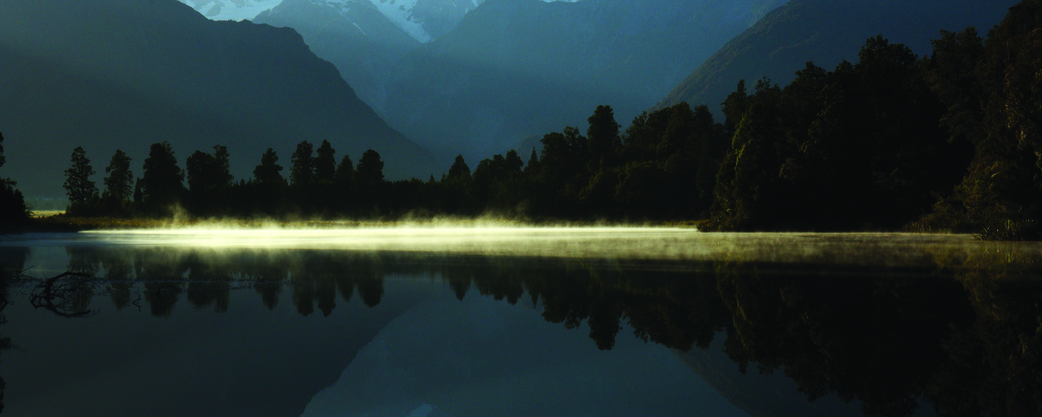INTRODUCTION
This program will introduce students to the thrill and challenges of doing biological research in the field, surrounded by the amazing environment of New Zealand and Australia. Thus, the group will spend the majority of its time at field stations or in remote locations in both countries. Australia and New Zealand offer a staggering richness of habitat variety and biological diversity. For example, of the 18,000 species of flowering plants in Australia, more than 80% are endemic, in addition, 80% of the mammals, 88% of the reptiles, 45% of the birds, and 92% of the frogs occur nowhere else in the world. Of interest to this program is the impact of introduced species. Over 2,000 weed species have been introduced to Australia alone. Introductions of foxes, cats, goats, pigs, rabbits, rats, and toads have displaced or led to the decline of many native species. New Zealand, with no native mammals, has experienced severe extinction rates with the introduction of cats and rats.
Students will explore Australia and New Zealand with Professors Hernández, McKone, and Rand, along with a team of teaching assistants, local university instructors, and naturalist guides. Logistical support is provided by GlobaLinks Learning Abroad, an outstanding company based in Australia that specializes in off-campus program design and coordination.
LOCATION
the 2014 Biology in Australia and New Zealand seminar will visit a variety of sites in southern and eastern Australia and the South Island of New Zealand. These sites have been selected to highlight a diverse range of ecosystems with organisms found nowhere else on the planet, as well as to emphasize some interesting challenges to conservation. The program starts in Australia at the first study site in coastal eucalypt forest, then the group flies to New Zealand to investigate alpine grasslands, forests, and glaciers. The seminar returns to Australia to the desert scrublands of the outback and eventually to the tropical rainforest of the northeast. The program will end on the northern east coast with Australia's famous Great Barrier Reef in close reach.
FACULTY DIRECTORS
Daniel Hernández, Assistant Professor of Biology
Professor Hernández is an ecologist who studies grasslands in Minnesota and California. His research focuses on the impacts of mammalian herbivory on plan communities and the role of herbivores in the conservation and restoration of grassland ecosystems.
Mark McKone, Professor of Biology
Professor McKone is an evolutionary ecologist, with particular interest in plant-animal interactions, including both pollination and herbivory. His current work includes investigation of the process of succession in the restored prairies in the Arb, in the collaboration with Professor Hernández. Previously he worked in New Zealand alpine grasslands to determine the causes and consequences of mast flowering in the snow-tussock grasses that dominate that landscape. He has continued this work in ongoing research on the mast flowering behavior in North American prairie species.
Matt Rand, Associate Professor of Biology
Professor Rand is a vertebrate zoologist, with interests in the reproductive physiology and behavior of reptiles. His current research centers on genetics, behavioral function, and evolution of reproductive coloration in lizards.
